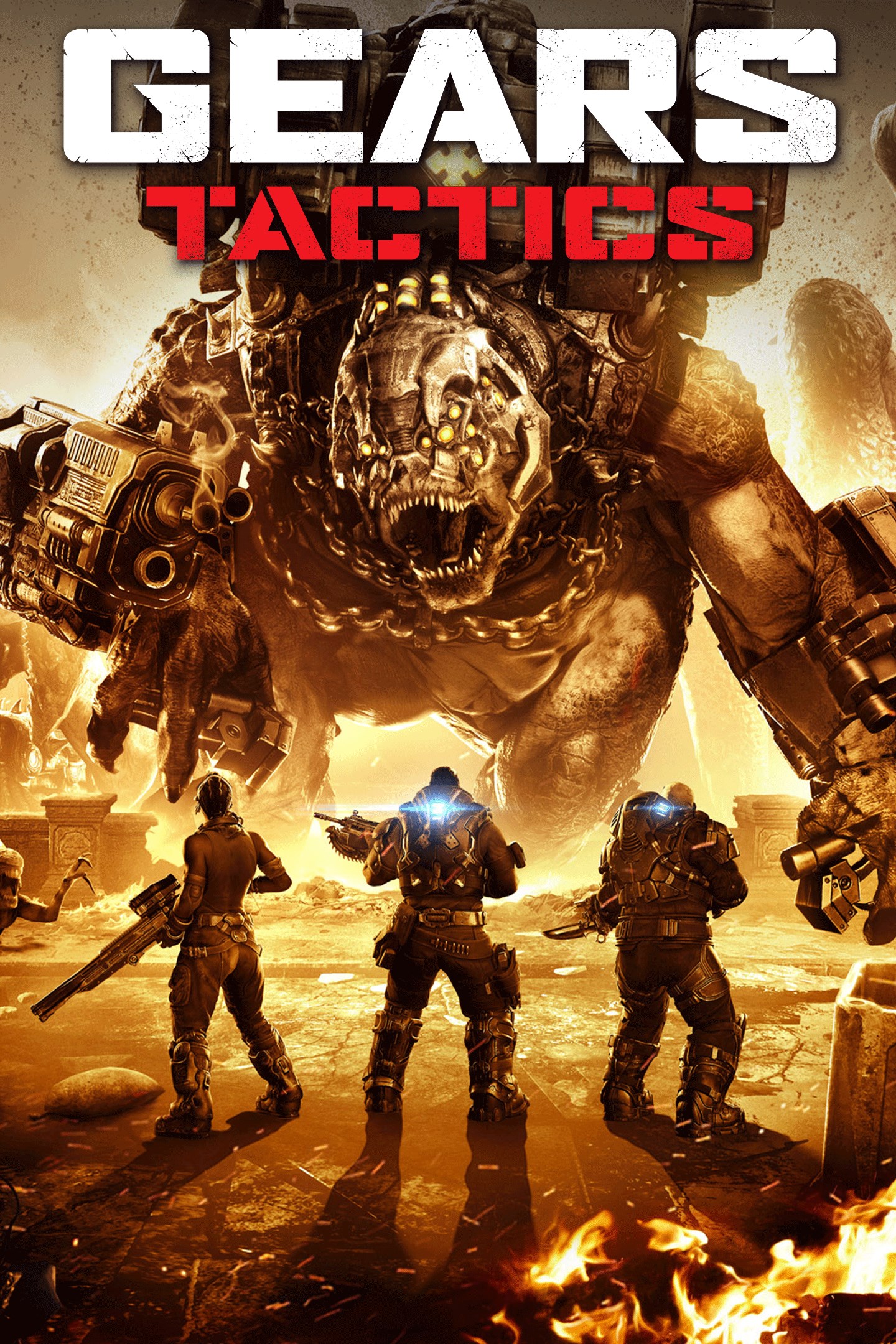How Art Direction Sets the Mood in Visual Storytelling
Introduction
Art direction plays a crucial role in shaping the emotional and psychological impact of visual media—whether in film, video games, advertising, or graphic design. By carefully selecting colors, lighting, composition, and design elements, art directors create immersive worlds that evoke specific moods and enhance storytelling. This article explores how art direction influences audience perception and emotional engagement.
1. The Power of Color Psychology
Color is one of the most immediate tools in art direction. Different hues evoke distinct emotions:

- Warm Colors (Red, Orange, Yellow): Convey energy, passion, or danger.
- Cool Colors (Blue, Green, Purple): Suggest calmness, melancholy, or mystery.
- High Contrast (Black & White): Creates tension, drama, or nostalgia.
Example: Wes Anderson’s The Grand Budapest Hotel uses pastel pinks and purples to establish a whimsical, fairy-tale-like atmosphere, reinforcing the film’s quirky charm.
2. Lighting and Shadow: Crafting Atmosphere
Lighting defines the tone of a scene:
- High-Key Lighting (Bright, Even): Often used in comedies or romantic films for an upbeat mood.
- Low-Key Lighting (Dark, High Contrast): Common in thrillers and noir films to evoke suspense.
- Natural vs. Artificial Light: Natural light feels organic, while harsh artificial light can create unease.
Example: Blade Runner 2049 uses neon-lit shadows to reinforce its cyberpunk dystopia, making the world feel both futuristic and oppressive.
3. Composition and Framing: Guiding the Viewer’s Eye
How elements are arranged within a frame influences focus and emotion:
- Symmetry: Suggests order or artificiality (e.g., The Shining’s eerie hallways).
- Asymmetry: Creates dynamism or tension.
- Negative Space: Can evoke loneliness or contemplation.
Example: Mad Max: Fury Road uses chaotic, off-center framing to heighten the sense of relentless motion and danger.
4. Set Design and World-Building
The physical environment immerses audiences in a story’s universe:
- Minimalist Sets: Emphasize isolation (e.g., Her’s sleek, empty spaces).
- Cluttered, Detailed Sets: Suggest realism or chaos (e.g., Pan’s Labyrinth’s dark fantasy world).
- Period Accuracy: Reinforces historical authenticity (e.g., The Crown’s meticulous 20th-century recreations).
Example: The Matrix blends futuristic tech with grimy, industrial spaces to contrast the real world with the digital illusion.
5. Costume and Character Design
Clothing and character aesthetics reflect personality and mood:
- Monochromatic Outfits: Can symbolize uniformity or emotional detachment.
- Textured, Layered Costumes: Add depth and realism.
- Symbolic Colors: A villain in black vs. a hero in white reinforces moral contrasts.
Example: Black Panther’s Afrofuturist costumes blend tradition and innovation, reinforcing Wakanda’s cultural pride.
6. Typography and Graphic Elements (in Print & Digital Media)
Even static visuals use art direction to set tone:
- Bold, Angular Fonts: Convey strength or aggression.
- Elegant Scripts: Suggest luxury or romance.
- Distressed Textures: Create a vintage or gritty feel.
Example: Stranger Things’ retro title font immediately signals its 1980s nostalgia.
Conclusion
Art direction is more than just aesthetics—it’s a storytelling tool that manipulates mood through deliberate visual choices. By mastering color, lighting, composition, and design, creators can transport audiences into emotionally resonant worlds. Whether subtle or striking, effective art direction ensures that every frame, scene, or image communicates feeling before a single word is spoken.
Final Thought: Next time you watch a film or play a game, pay attention to its art direction—you might discover how deeply it shapes your emotional experience.
Tags: #ArtDirection #VisualStorytelling #FilmStudies #ColorPsychology #MoodInCinema #DesignTheory #CreativeDirection


















